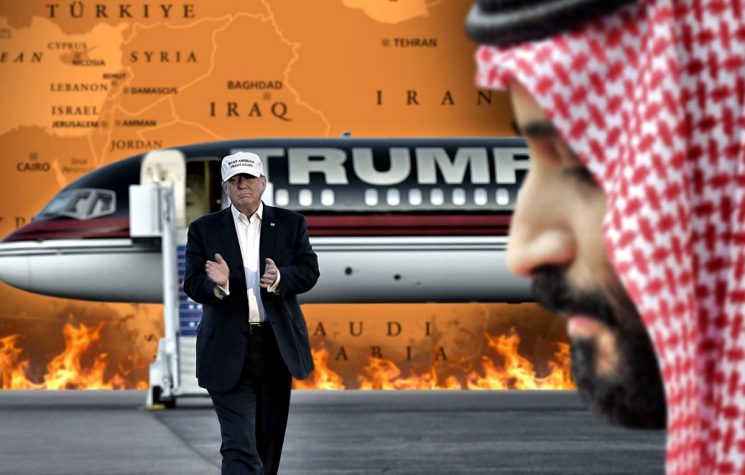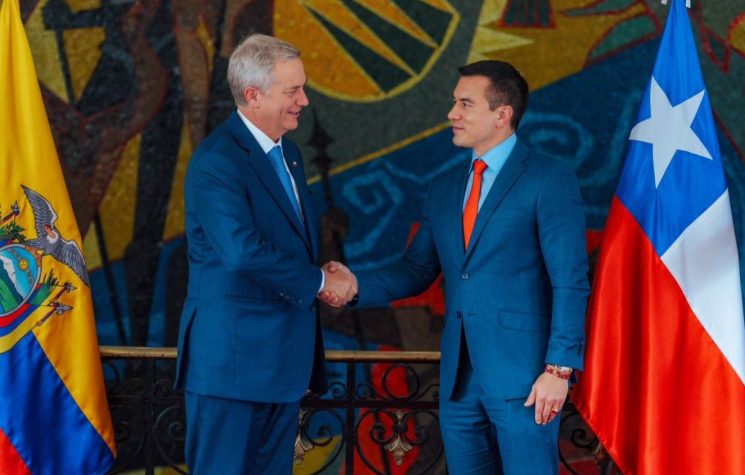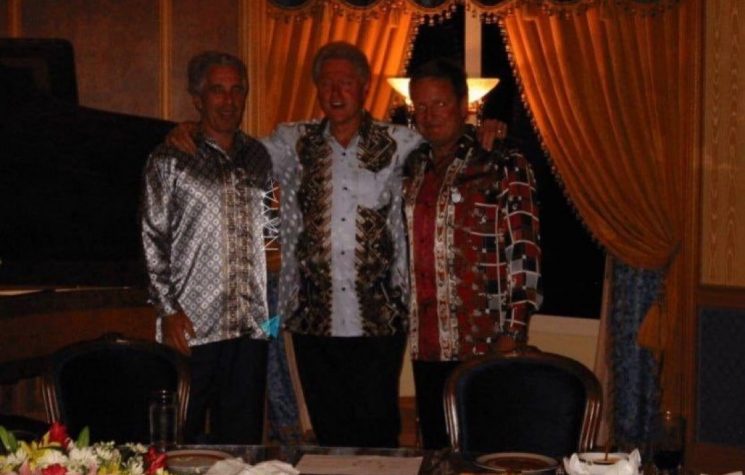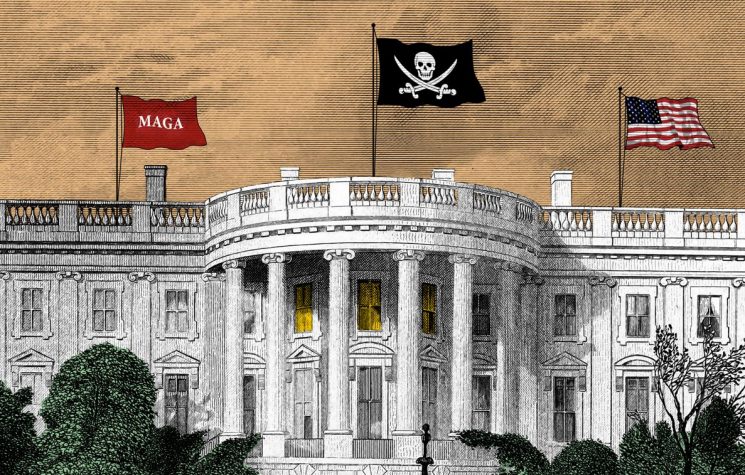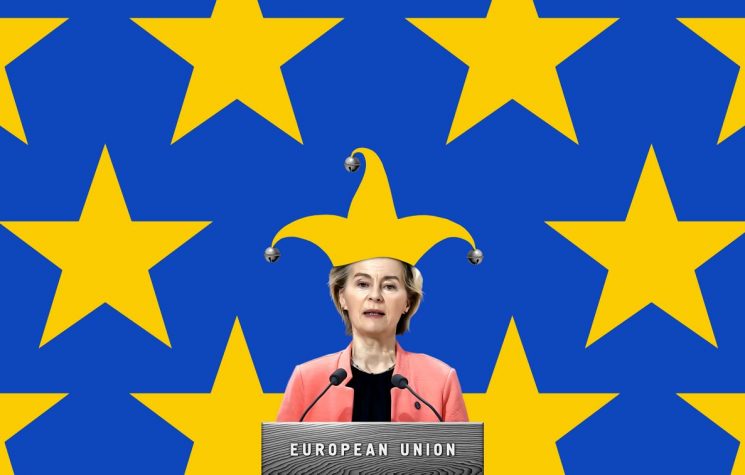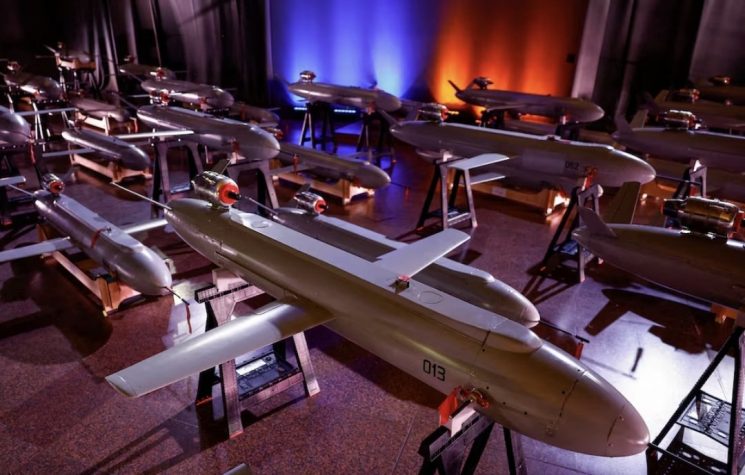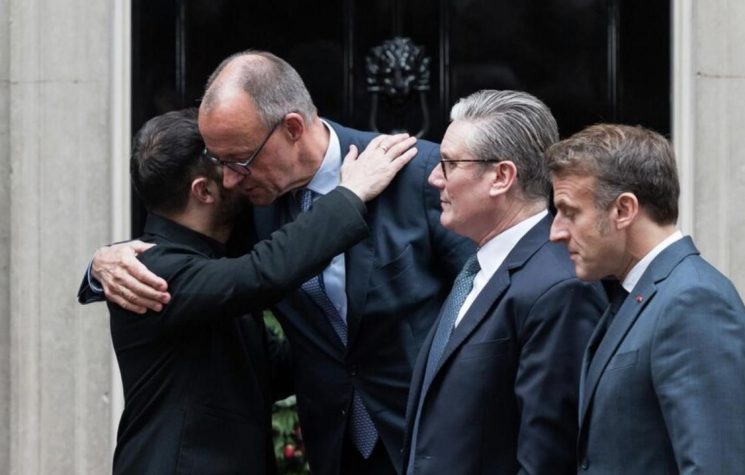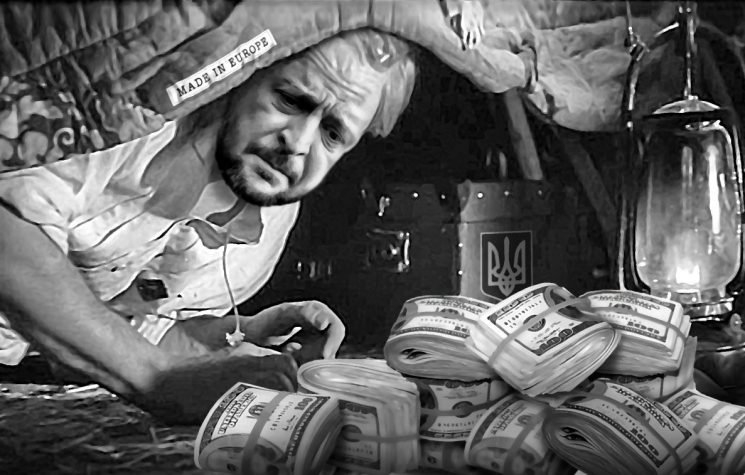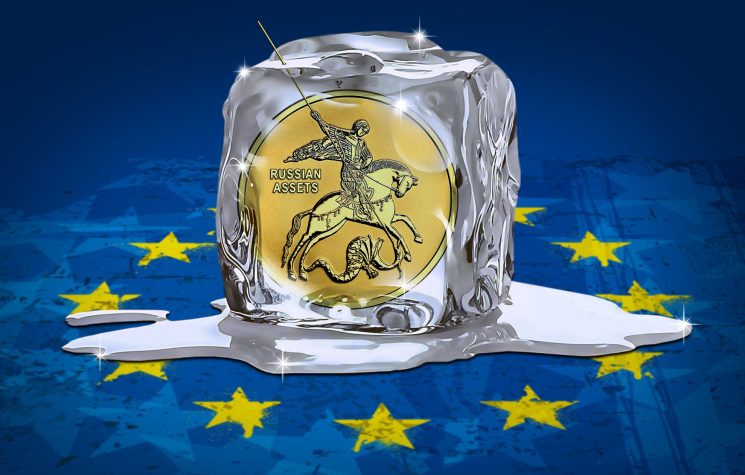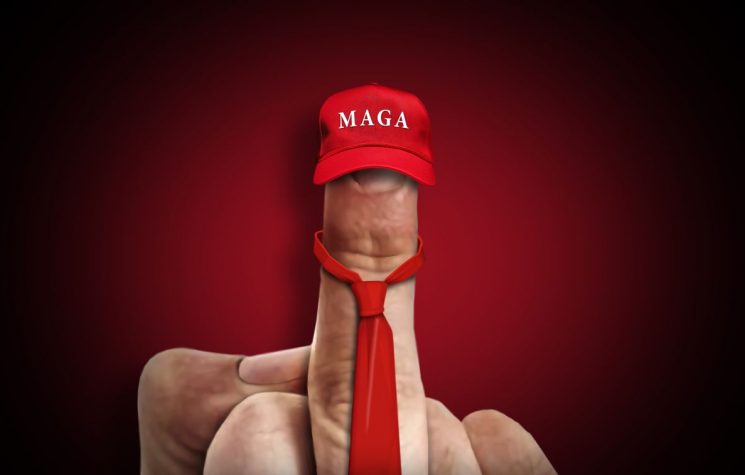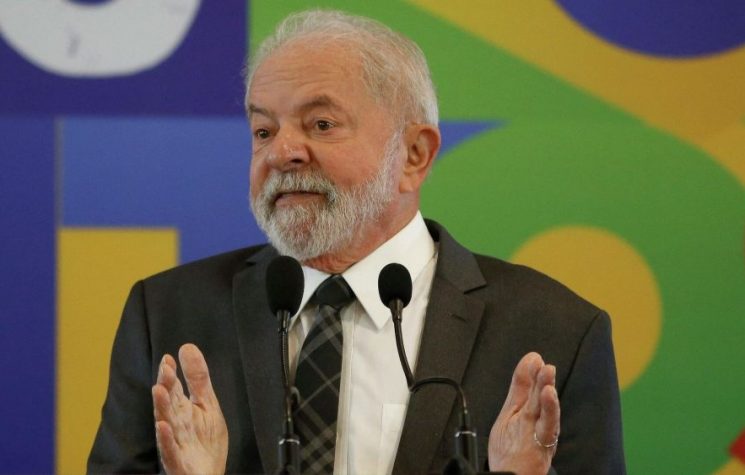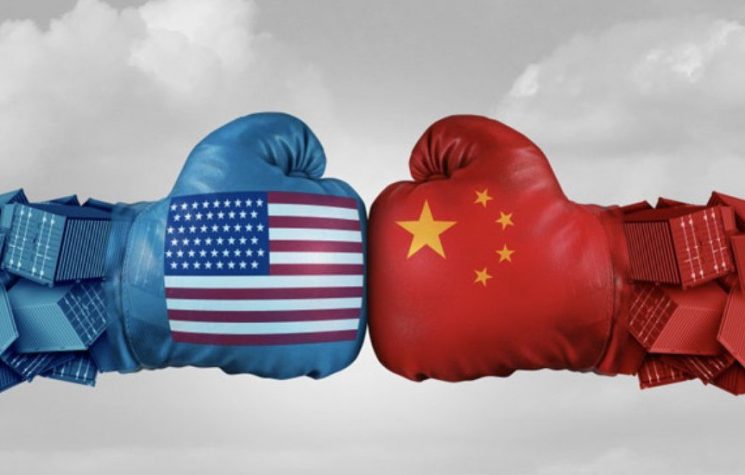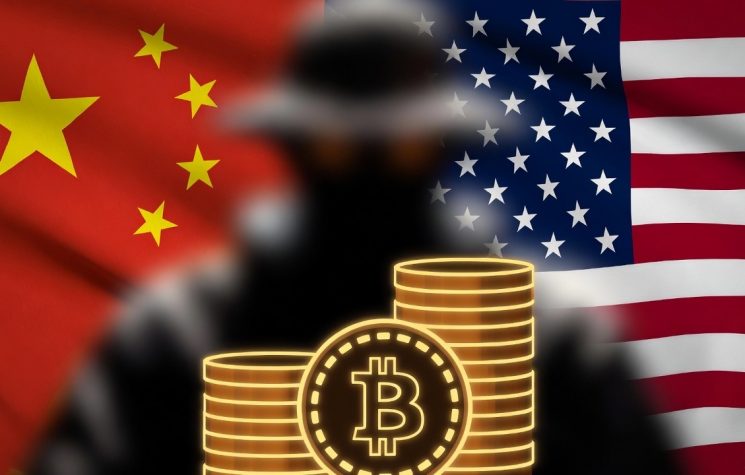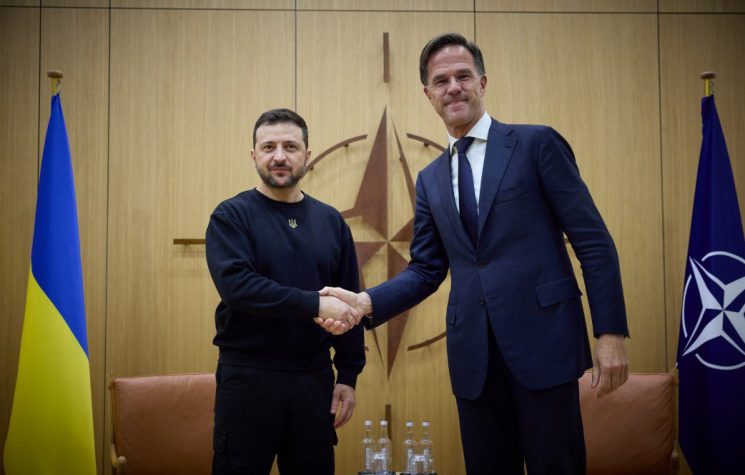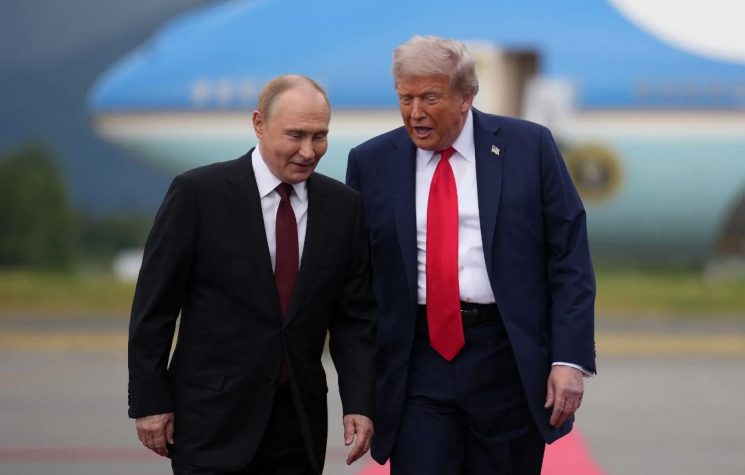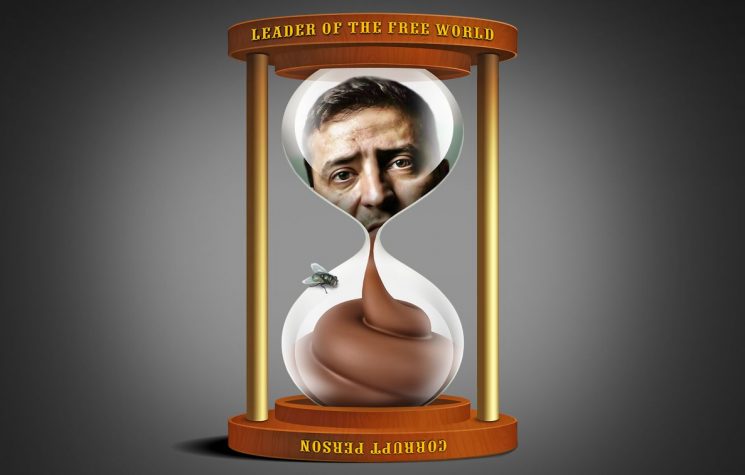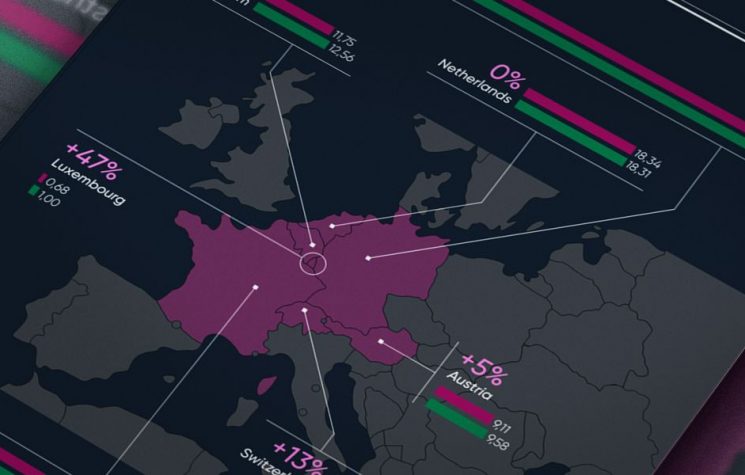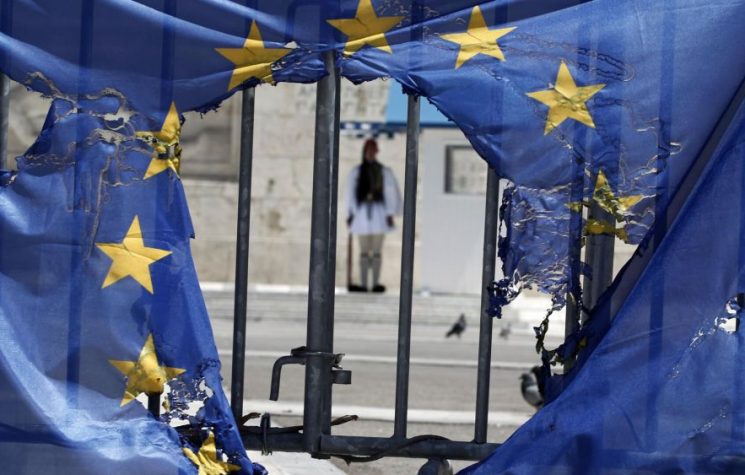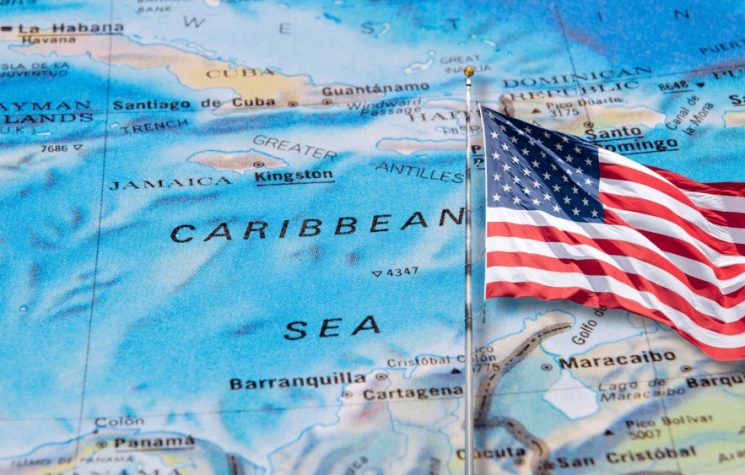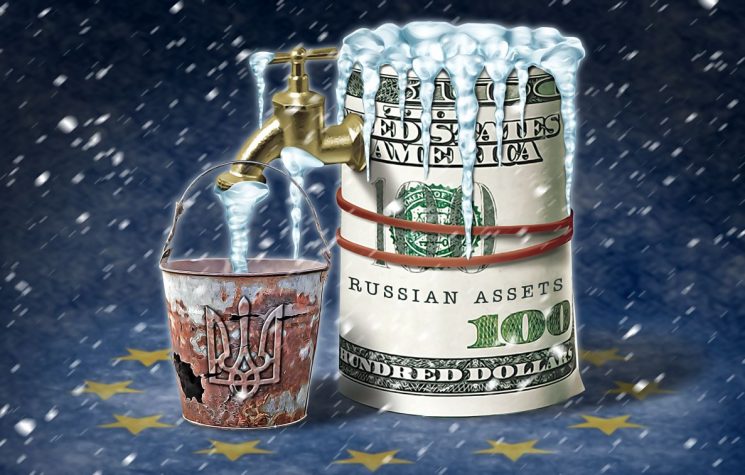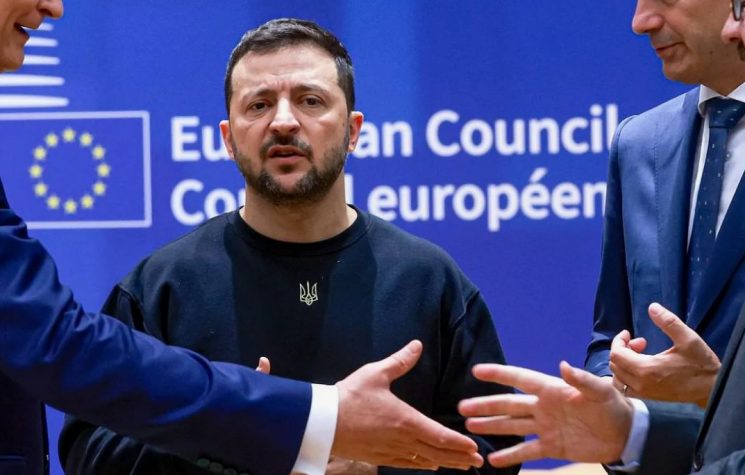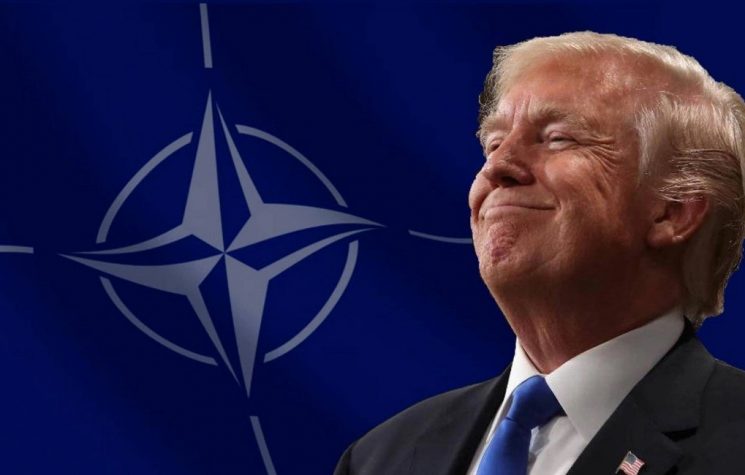What Trump wants more than any other U.S. president is immediate impact, Martin Jay writes.
Contact us: info@strategic-culture.su
The recent announcement by Trump that he is going to hit the EU, Canada, China and even Russia with tariffs is worrying, not least of all because we now have a president in the White House who not only doesn’t understand economics but also underestimates his frenemies – especially Russia.
It’s as though Trump wants to improve upon his first term as president, almost as though he regrets not being more bellicose and confrontational with anyone – even allies – who won’t agree with his unique world views and odd individual style as U.S. president.
What Trump wants more than any other U.S. president is immediate impact. He needs a radical change to hit the front pages in his first month in office to correspond with the somewhat absurd statements that he made in the months leading up to the elections in December. Unfortunately this explains and justifies where the confrontation is coming from.
In the case of Russia, it’s certainly possible that at some point he listened to his advisers who made it clear that a peace deal between Ukraine and Russia is highly unlikely and so the claim for a deal – or even a ceasefire – “within 24 hours” makes him look foolish. This could explain his first comments directed at President Putin which were seen as veiled threats and hardly an offer of peace to resolve Ukraine. This has certainly shocked some quarters of Moscow but Putin is patient. He knows Trump tends to have a bark which is worse than his bite and is prone to chest beating. Making threats is also part of who Trump is and his standard negotiating method.
The best Trump can hope for is that Russia, China and even the EU simply allows him the media moment but that they, in turn, don’t react. For the EU, for example, to react with counter tariffs would be a catastrophe for U.S. companies and the blowback might seriously take the wind out of Trump’s sails in his first year. Yes blue colour workers in Ohio and Texas want him to kicks some “ass” around the world and “make America great again”. But they also want to keep their jobs.
Trump doesn’t really have the communications skills required to negotiate with nations. He only has the threatening sound bite. And most world leaders know this. What he hates is silence. Like those who work in radio, silence is the thing to fear. With Russia, he didn’t get the super fast response he wanted when in the last days of the Biden administration he met with Zelensky. Perhaps he thought his personality alone would forge a peace deal there and then, with a call over the telephone with Putin and so now Trump in desperate mode is what we are left with.
Russia should heed this. Putin could well take advantage of this panicky moment and present himself as the peace broker between Trump and all these Global South countries that he seems to want to beat into submission. But does Trump even understand economics? The recent threats he made to BRICS countries if they chose to dump the dollar is alarming particularly as it comes from the position of weakness rather than strength.
For us to understand where all this is heading we need to understand the philosophy which drives Trump’s negotiating technique, which is not really a technique at all, more of a psychotic weakness akin typically to someone who is used to bullying – or as Prof. David Honig of Indiana University describes it “distributive bargaining”.
“Distributive bargaining always has a winner and a loser” he explains. “It happens when there is a fixed quantity of something and two sides are fighting over how it gets distributed. Think of it as a pie and you’re fighting over who gets how many pieces. In Trump’s world, the bargaining was for a building, or for construction work, or subcontractors. He perceives a successful bargain as one in which there is a winner and a loser, so if he pays less than the seller wants, he wins. The more he saves the more he wins”.
There is a problem though with Trump’s own “Art of the Deal” style. “There is no defined end to the negotiation and there is no simple winner and loser” he warns. “There are always more pies to be baked. Further, negotiations aren’t binary. One of the risks of distributive bargaining is bad will. In a one-time distributive bargain, e.g. negotiating with the cabinet maker in your casino about whether you’re going to pay his whole bill or demand a discount, you don’t have to worry about your ongoing credibility or the next deal. If you do that to the cabinet maker, you can bet he won’t agree to do the cabinets in your next casino, and you’re going to have to find another cabinet maker.
Given this diagnosis, if Trump goes ahead with his threats, he will find quite quickly that the U.S. around the world is isolated with a devastating impact on the U.S. economy as not only will Trump harm his own people in the business community, but he will drive his customers around the world into the arms of Russia, China and India and other BRICS countries.








